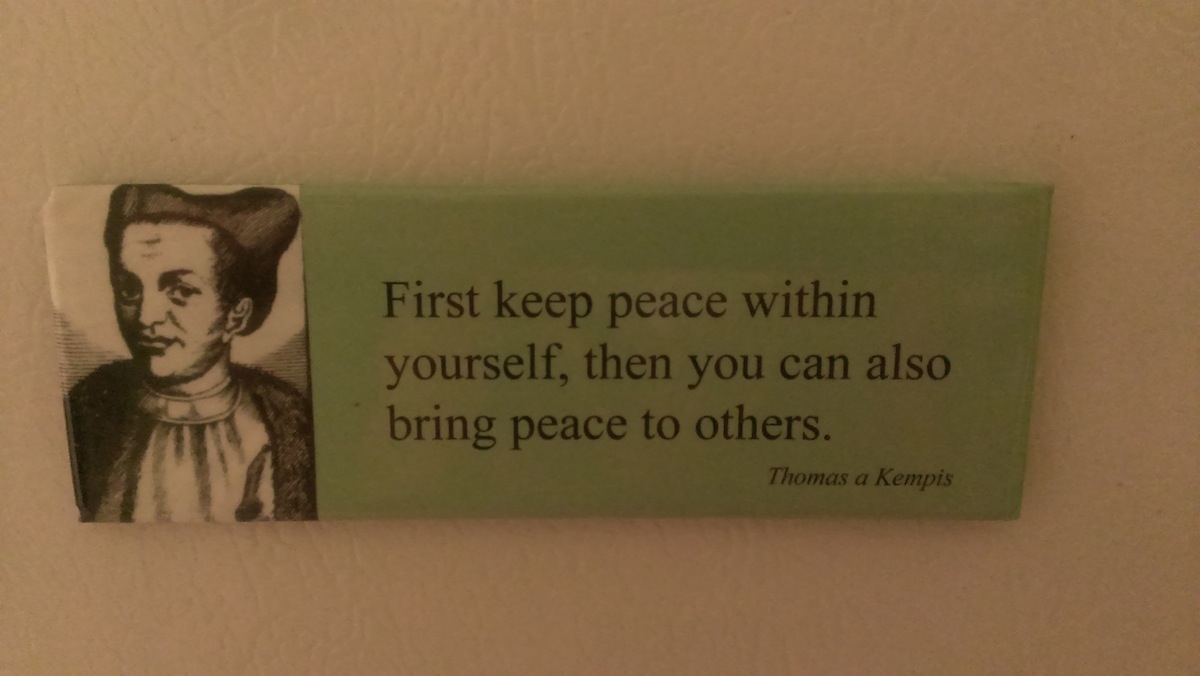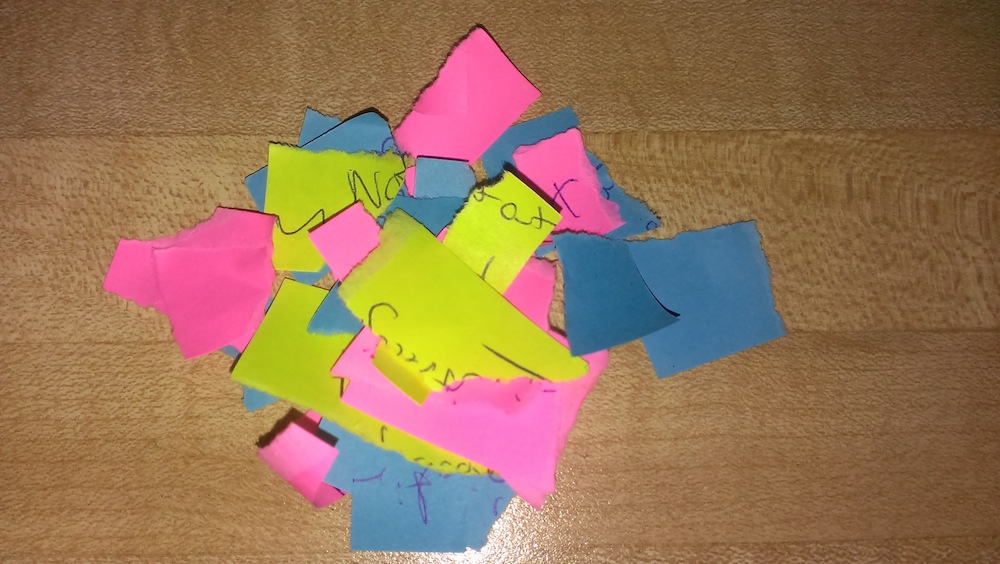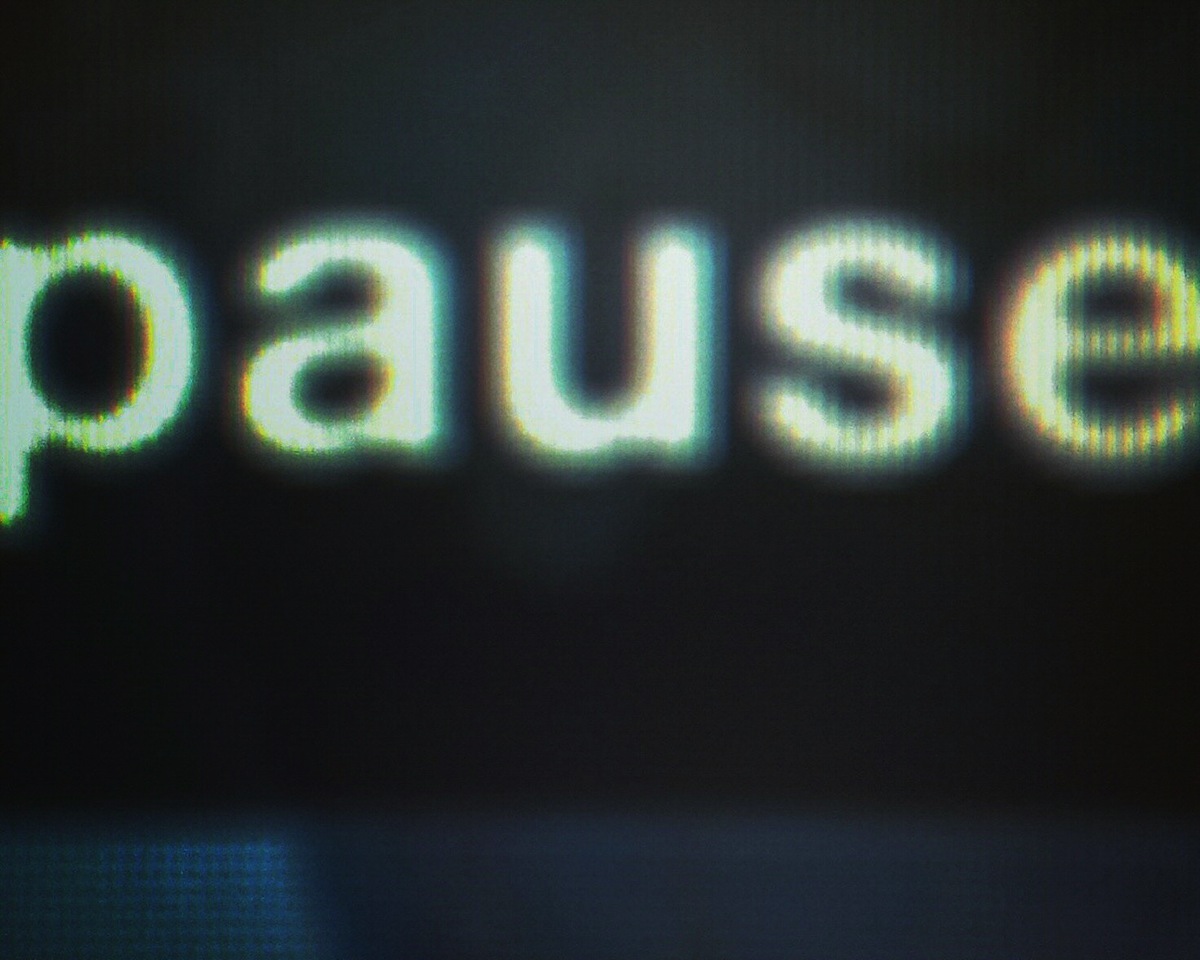
Amazing things get done by people working together. But human interconnection can be messy. Along the way to the ribbon cutting there can be miscommunication, deadlines broken and conflicts. On my good days I like to call this creative tension and on my bad days I dream about becoming a hermit on a far off remote Scottish Island. In today’s instant world, the challenges of communication can be exacerbated, if we don’t have tactics to keep us grounded to respond appropriately.

I sometimes find myself incensed by an email only to reread it later and realize I didn’t read it correctly the first time. Or I get stuck in a cycle of personalizing someone’s remark to the point it distracts me from other tasks. While at other moments, rather than talking to someone directly about something they did that bothered me, I vent about it for longer than I would like to admit. I have also found myself on the other end of someone misinterpreting me or overreacting to a situation.

With any difficult communication issue, pausing is key. This might sound a bit new age abstract, but pausing is actually a very concrete tool that allows us to respond clearer to people and situations. As Buddhist teacher and author Pema Chödrön writes in her book Taking the Leap: Freeing Ourselves from Old Habits And Fears: http://www.amazon.com/Taking-Leap-Freeing-Ourselves-Habits/dp/1590308433 pausing creates a momentary contrast between being completely self-absorbed and being awake and present.” That opens us to be able to more compassionate to the other person, to not panic and react in anger or fear to open a pathway for true communication to occur.
Here are ten simple pausing strategies that can help interpersonal communication not just in the work place but also in all parts of life. They just take a little practice to get used to and incorporate into your routine. Pick one or two to start with.
1. Take several deep breaths. Cliché, but it works.
2. Wait at least two rings before answering the phone and take a deep breathe before answering. This prepares you to relax and focus on the caller and their needs whatever it is.
3.Read emails three times or at least twice before responding. If you know your mood goes down at certain times of the day try not to respond immediately if you don’t have to.
4.If someone does or says something you don’t like writing down the three things you didn’t like about it on a post-it note or paper and rip it up. This act allows for acknowledging feelings but also releasing them.
5. Gain a different perspective on someone by thinking of -three good qualities they have. Or picture her or him, as a child who needs your help.
6.If you are upset after an encounter, voice mail, email or social media post, leave the space. The physical act of walking and removing oneself from the place of the stress is immediately relaxing.
7.Remember the humbling fact that sometimes you are the person that might be causing someone else distress.
8. If you have a serious issue with someone, have a conversation with him or her in person and focus on the behavior. As hard as this may seem, a face to ace conversation works wonders.
9. Stretch your arms. Or do some arm circles Or for the adventurous try a Downward Dog pose or Jumping Jacks.
10. Get yourself a mantra something you can say to yourself immediately when you start to feel upset. Something like “I am peaceful and relaxed.”





